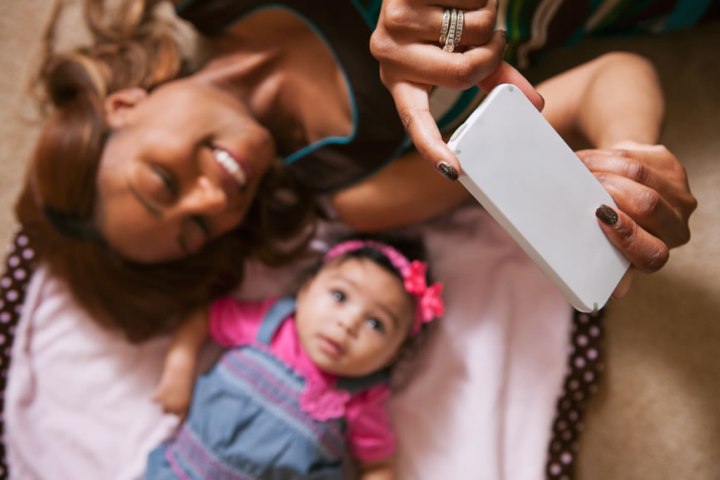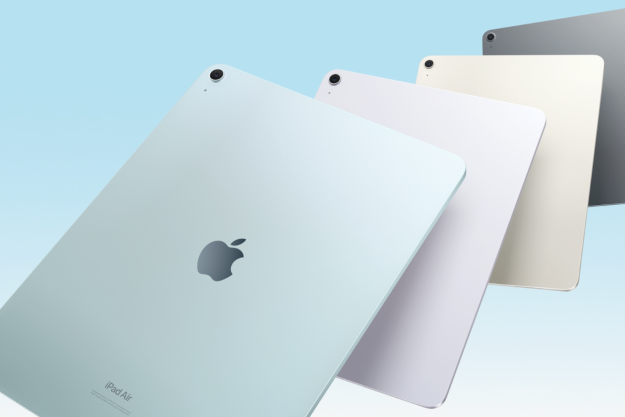
It’s why he created and launched StoryWorth in 2012. The service lets you invite a family member, and choose a set of questions you want to ask them. Each week, StoryWorth will send out a question to the person you invited, and should they choose to respond, you will receive their story via email (with pictures if they added them), or as a voice message.
But access to these questions and the easy process come with a price. The company’s most popular plan is the family plan that lets 6 storytellers share their stories for about $80 a year. The first month is free.
“It turns out that actually getting a physical object in your hands, still feels really special.”
Why would someone pay for a service to ask their parents or family members questions? Baum said it’s quite similar to hiring a personal trainer to motivate you to exercise.
“You can go to a gym and you can do a work out, and you can get fit on your own, but a lot of times people don’t,” Baum, a former executive at Google, told Digital Trends. “People know they should be capturing these stories, they know that this is something meaningful and valuable to be with their families — and they don’t always prioritize it, or always make the time.”

StoryWorth just launched an iOS app for iPhones and iPads, to make the process even simpler. An Android version of the app will be likely be coming in a matter of time, Baum said. The app comes with the same features as the web service — it will send out a question once a week, and the family member can answer it by either typing through the app, or via voice message.
StoryWorth now has a collection of more than 500 questions and the company adds more as it grows. People don’t have to use the questions offered, either. You can tweak a question your own way, and even contribute by adding your own to the master list.

As important as sharing is and as helpful as these digital stories will be to leave a legacy to remember family members by, the digital version doesn’t always cut it. StoryWorth offers to put all these stories into a bound book, which will start at $34.
“It turns out that actually getting a physical object in your hands still feels really special,” Baum said. “I think there’s a really good chance that these books will be around in 200 years.”

